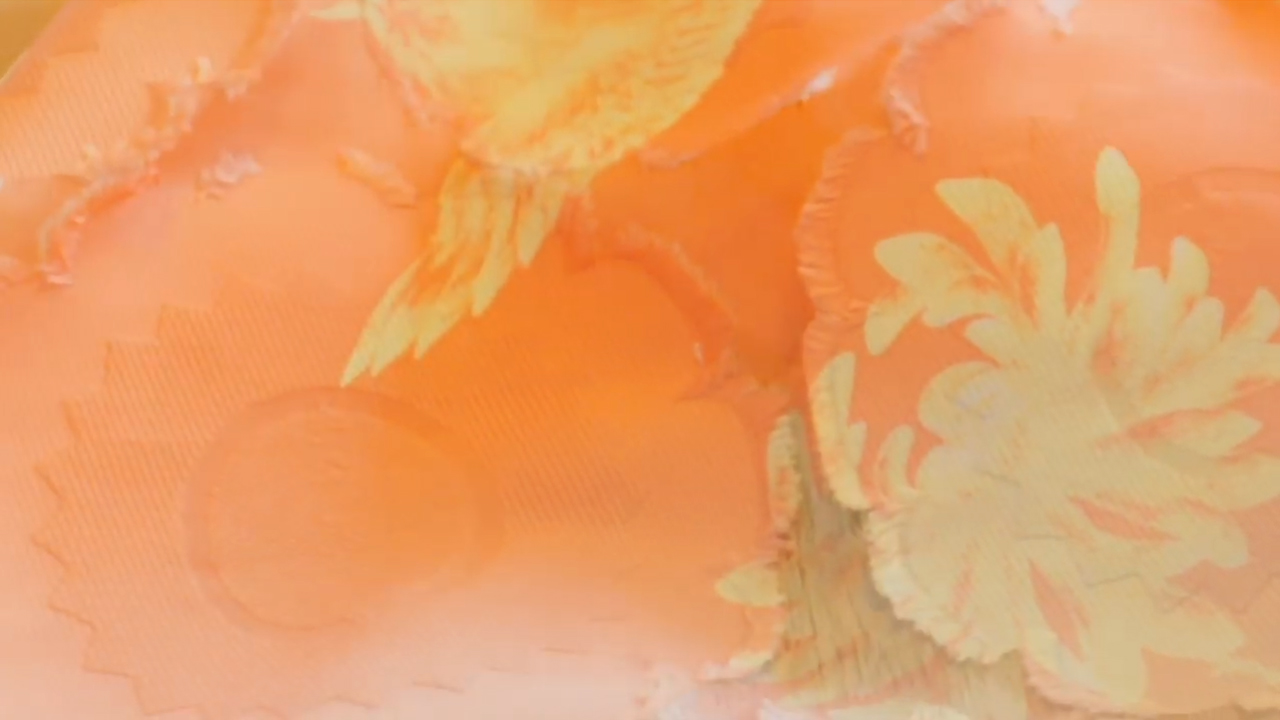
What is the importance of traditional patterns in our daily lives?
Based on this very question, the 2019 Sulwhasoo Cultural Exhibition “Micro-Sense : House of Pattern” is an exhibition designed to help rediscover the practical and aesthetic value of traditional patterns outside the walls of museums and art galleries. It explores the type of value that we can create with traditional patterns in our modern-day lives beyond the scope of specific art genres, such as handicraft. That is why Sulwhasoo has chosen to create a backdrop inspired by elements taken from a “house” - the most ordinary, yet essential place in everyone’s life - for this year’s exhibition.
As soon as the visitors open the door to this “house”, which is located in the lobby area of Amore Pacific’s headquarters, they can transform themselves into a beautiful butterfly and enter Sulwhasoo’s “Micro-Sense” world inspired by sensual patterns. The headquarters of Amore Pacific and this year’s “House of Pattern” both feature an elegant and simple design that represents a reinterpretation of traditional concepts through a contemporary lens. They both reflect each other’s physical concepts, thus making them the perfect venues for visitors to immerse themselves in enjoying the patterns on display and discovering the beauty of our traditions. Sulwhasoo is sincerely hoping that its visitors will experience the new shapes and values of traditional patterns in an environment that feels similar to living in an ordinary everyday “house” just like a tiger swallowtail butterfly in the legendary tale of Hojeopjimong.
스케치영상
Participating Artists
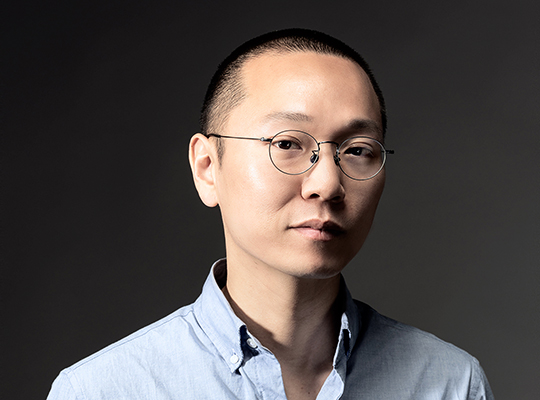
Leehong Kim Exhibition Planner
Leehong Kim (Participating Artist - Exhibition Planner) Leehong Kim is an architect and an assistant professor at Hongik University. A graduate of Yonsei University (Architectural Engineering) and Harvard University Graduate School (Architecture), Kim previously worked at Gehry Partners, Samoo Architects and Engineers, and Steven Holl Architects. Using his experience in the field as leverage, Kim opened his own architecture firm, “Leehong Kim Architects”. Today, Leehong Kim is carrying out projects of all sizes, including exhibition directing. In particular, Kim participated in the Gwangju Biennale 2009, the APMAP 2016 at Amore Pacific Museum of Art, and won the Korea Young Architect Award in 2018. Kim is a certified architect in the US, a LEED AP, and he is currently working as a public architect for the city of Seoul.http://www.leehongkim.com
www.leehongkim.com
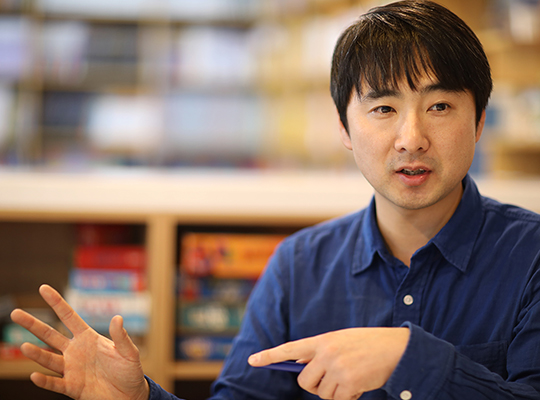
Sungjin Park Exhibition Planner
Sungjin Park (Participating Artist - Exhibition Planner) Sungjin Park is the CEO of Site & Page, which plans and produces a wide range of content on architecture and space based upon the principles of “romantic rationalism”. A graduate of the Korea National University of Arts and the Polytechnic University of Madrid (Architectural Theory and History), Park is engaged in various activities, including spatial planning, design consulting, publishing, exhibiting, researching, and investigating. While working as the Editor-in-Chief of the monthly magazine “SPACE”, Park developed an overall insight into today’s Korean architecture, and gathered the experience to establish a strong network across the industry. Currently, Park is a Seoul Design Consultant, a member of the Seoul Future Heritage Preservation Committee, the Editorial Advisor to the monthly magazine “SPACE”, and General Manager of the “Creating Happy Spaces with Public Design” initiative. His publications include “Modernscape”, “At Least Once in Your Life, Spain”, “Making Space”, “Tears of Our Palaces, A Century of Silence”, “Adding a House to Your Life”, and “Hyperpolis”. Park values architecture above all else as a practical tool that allows him to communicate with the world.
www.siteandpage.com
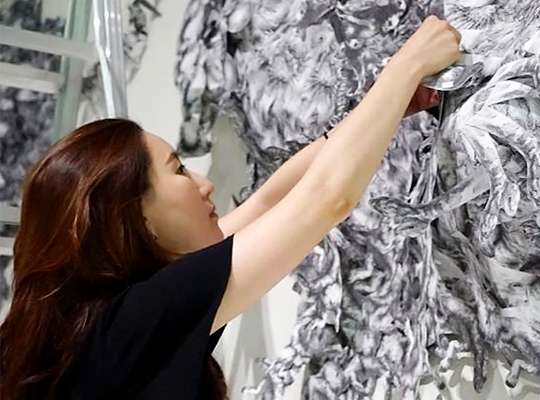
Joo Lee Kang Drawing
Joo Lee Kang (Participating Artist - Drawing) Joo Lee Kang is a visual artist who captures and reinterprets the interaction between human beings and nature originating from the changes and new developments of our ecosystem manifesting as an inevitable result of our intense struggle to survive. Kang combines her drawing with installations based on her understanding and insight into our potential and dignity as human beings. A graduate of the Tufts University, Boston Museum School, and Duksung Women’s University, Kang previously held private exhibitions at the Gyeonggi Museum of Art, Gallery Chosun, the Korean Culture Center in Spain, Gallery NAGA in the US, and other planned exhibits at the I’Park Suwon City Museum, Pittsburgh Art Museum in the US, and the POSCO Art Museum. Today, Kang divides her time between the US and Korea for her work.
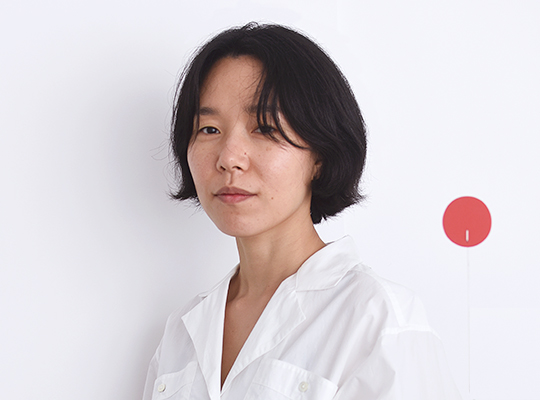
Jinjin Kim Fabric
Jinjin Kim (Participating Artist - Fabric) Jinjin Kim is the CEO and Chief Designer of the fabric brand KPB®. In 2008, KPB® was launched as a home-grown Korean design fabric brand. To date, it has showcased a wide variety of patterns inspired by geometric graphics, regular placements of fabric material, and animal/plant motifs from nature. Kim is well known for her penchant of infusing her patterns with sophisticated color combinations. Kim manufactures the entirety of her products at JINJIN.Co, which has been owned by her father since 1994. Kim’s signature product is her range of embroidered products manufactured with delicate embroidering techniques. KPB® currently works with a number of different brands, designers, and artists from Korea and abroad in order to develop new designs and products.
www.kittybunnypony.com
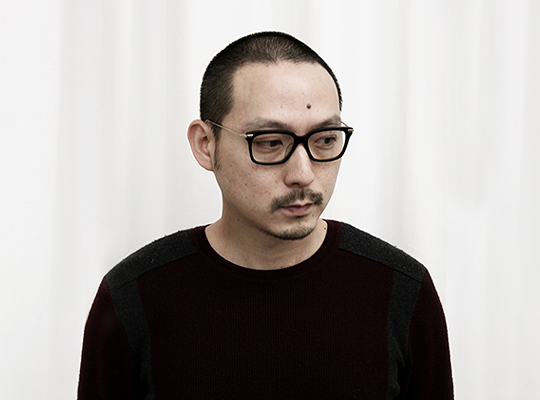
Baek Jong hwan Interior
Baek Jong hwan (Participating Artist - Interior) Baek Jong Hwan studied spatial design at Kookmin University. Upon graduating in 2004, he joined the Wall Street Associates Studio and worked on various fields, including spatial design and architecture. In 2015, Baek collaborated with Park Seongchil and opened the WGNB design studio. Today, WGNB not only works on spatial design, but also on furniture and other products. WGNB also works with major Korean corporations, such as Samsung, SK Telecom, CJ, Lotte, and Daewoo E&C. Furthermore, the studio has won multiple design awards, including the Red Dot Design Award, IF Award, Frame Award, etc., both domestically and internationally. Most notably, in 2018, WGNB joined the prestigious ranks of world renowned designers upon winning the Interior Designer of the Year Award at the Iconic Awards 2018 in Germany. The guiding principle of WGNB is to “See the Same, but Think Different”. In essence, it uses its guiding principle as a starting point in design production, which adds value to a space based on the relationship among space, people, and brand.
www.wgnb.kr
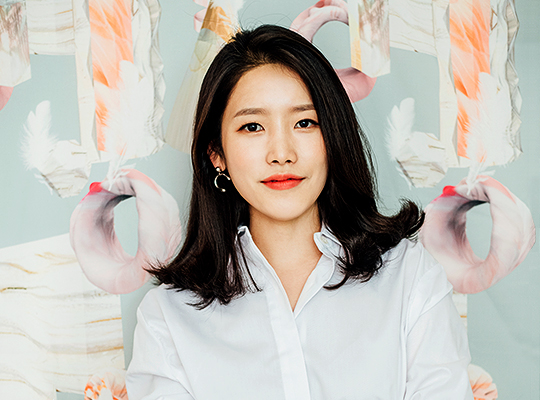
Lee Daeun Fashion
Lee Daeun (Participating Artist - Fashion) Lee Daeun is the CEO and Chief Designer of the fashion brand VLEEDA, which stands for “Very LEEDA”. Simply put, it is a name for Lee’s artworks and fashion. Typically, Lee creates an art piece that reflects a specific theme, then turns it into clothing to deliver a sophisticated sense of aesthetic appeal and presence. VLEEDA products not only look beautiful, but they also serve a cultural purpose by allowing the customer to actually wear and enjoy a piece of art.
vleeda.com
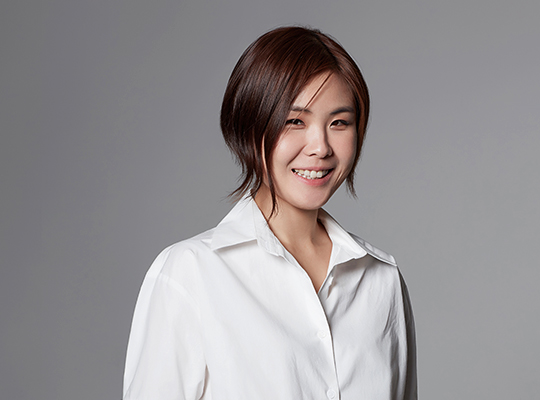
Cho Eun-ae Fashion
Cho Eun-ae (Participating Artist - Video)
A graduate of Yonsei University (Clothing and Textiles, Human Environment and Design), Cho Eun-ae spent eight years as a designer at an established fashion brand in Korea. In order to take advantage of her experience and skills, Cho decided to launch her own women’s fashion brand “tibaeg” and children’s apparel brand “iloveveg”. She is currently the CEO and Chief Designer of both brands. Instead of producing clothes that look good on a rack, Cho aspires to design products that, when actually worn, accentuate the strengths and beauty of a person, much like how a teabag releases its aromas when dipped into water. Cho has showcased her work on the runways of fashion week events at Seoul, Paris, New York, and Shanghai. She launches her new collections each season, and she works with other brands in a variety of different fields other than fashion.
tibaeg.co.kr
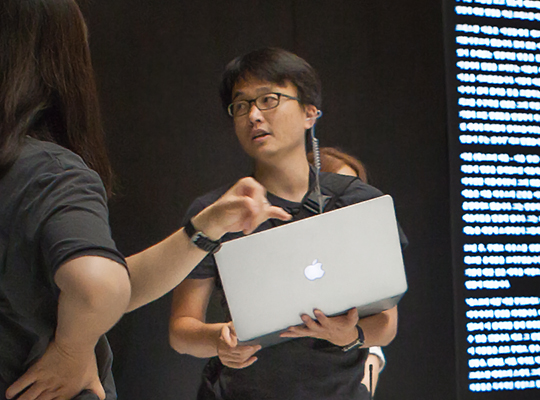
Kyungmo Choi Video
Kyungmo Choi (Participating Artist - Video) After graduating from Hongik University (Visual Design) in 2005, Kyungmo Choi created the video production studio Image Bakery. Since then, Cho has been producing videos for architects, artists, and designers as the CEO of Image Bakery. Cho mostly produces videos that are displayed inside or outside of buildings, and videos that recorded the production process of an art piece of the final version of a product.
imagebakery.tv
Participating Works
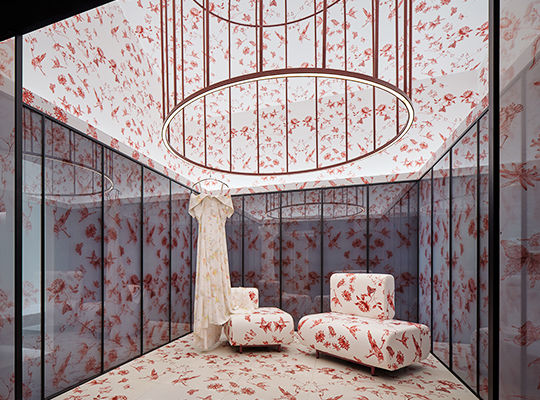
Living Room Meet the Patterns
The Living Room, which is situated beyond the multi-tiered gate, welcomes its guests through a narrow and dark corridor. However, the short corridor leads further to an ordinary Living Room with an extremely exotic twist at the center. The designers have deconstructed the typical structures, compositions, and components that we all see in our living rooms, and reconstituted them into an ascending structure. Familiar elements, such as furniture items, clothing garments, plants, screens, and stairs, blend in with the fancy patterns to create a well-balanced, yet unfamiliar proposition for guests to contemplate about. The 10-panel screen with a Tiger Swallowtail painting is the most impressive among the elements. The flowers, butterflies, and birds have been reinterpreted with a more contemporary perspective to create a pattern. Overall, the three-dimensional composition emphasizes the relevance of the two-dimensional patterns. The genuine 10-panel screen with a Tiger Swallowtail painting positioned near the wall on one side of the Living Room offers the audience a chance to enjoy the aesthetic contrast between tradition and modernity, as well as original and replica.
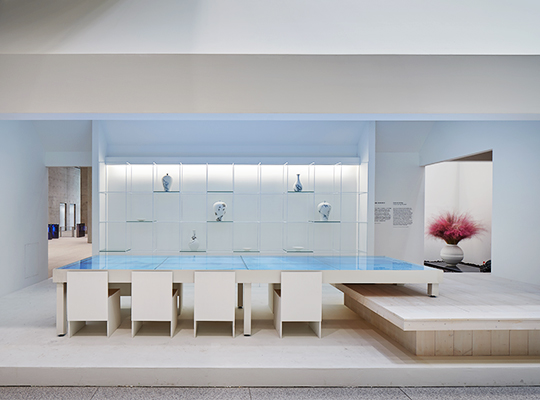
Dining Room Feel the Patterns
The Dining Room eliminates the elements that can stimulate all other senses as a site controlled by the senses of taste and smell. The floor, ceiling, walls, crockery, cabinets, and other kitchen furnishings are all pure white in color. This allows the guests to identify the shapes and details of each component rather than its other attributes (e.g., color, texture, among others). This will neutralize the power of vision, and also serve as a background measure to ensure that the guests can focus on the video playing on the table, which is used as a “media furniture” item in the Dining Room. A digital panel is located at the top surface of the dining table within the Dining Room. It shows patterns with motion pictures designed to further stimulate the senses of taste and smell. The guests were given an opportunity to explore the three-dimensional possibilities of patterns in the Living Room. The Dining Room offers them a chance to experience the temporality and scenes created by the encounter between patterns and light.
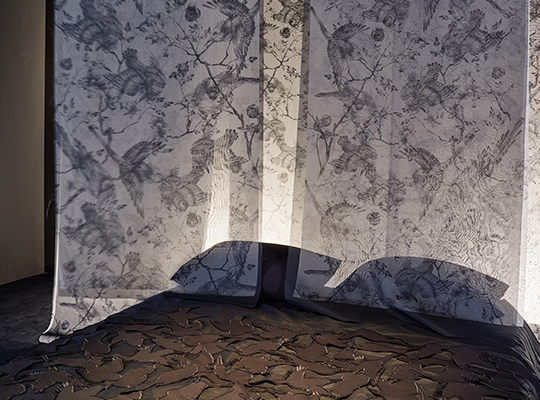
Bed Room Dream the Patterns
One side of the dark Bed Room features a 10-panel screen with a Flower and Bird painting. Furthermore, the fabric items placed inside the Bed Room seem to have shadow images of birds that are depicted in the painting. The semi-transparent fabric hanging from the ceiling creates the illusion of birds flying around and appearing in and out of sight. The traditional patterns embroidered into the bedding produce a striking effect, thus making the bedding look like it is floating above the floor. The audience can enjoy a dreamlike experience with faint patterns flickering in the dark, and they will leave the Bed Room with a long-lasting image in their minds.
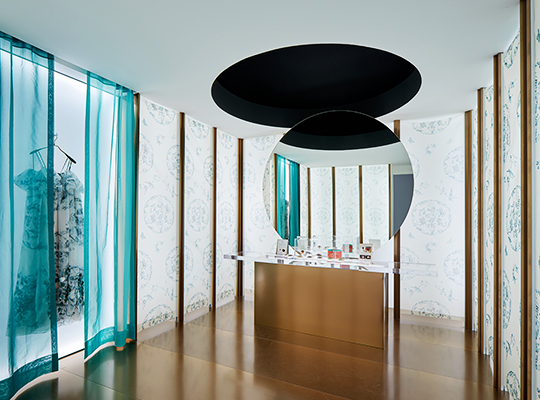
Powder Room Wear the Patterns
Past the Bed Room, through a dark corridor is the Powder Room, which is the highlight of the 2019 Sulwhasoo Cultural Exhibition. Most importantly, the Powder Room features magnificent colors, pleasant fragrances, and amazing patterns to reflect the fundamental purpose and symbolic meaning of the Powder Rooms. The dresser and oversized mirror standing in the center of the room, as well as the cosmetic products on the dresser, entice the guests into Sulwhasoo’s universe of beauty and aesthetics. In particular, the carefully placed ShineClassic Multi Powder Compact and ShineClassic Powder Compact are traditionally crafted pieces produced by a “Chilbo” artisan. They embody the “micro-sense” aesthetics of the patterns. The Powder Room uses a variety of devices, such as fashion, spatial design, and traditional handicraft, in order to show how human desire and determination can manifest through patterns. Surrounded by patterns, the audience will glance at their reflection on the mirror and imagine new possibilities presented by the combination of space and fashion as they look at the dress adorned with traditional patterns hanging in the closet. The overall layout and composition of the Powder Room will naturally attract the attention of the guests.
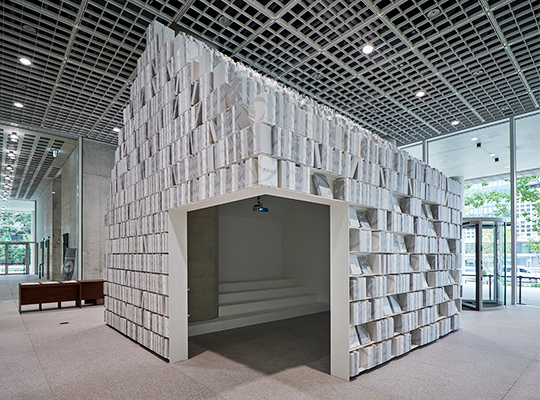
Library Read the Patterns
The Library, which is located in the AP Cabinet away from the lobby, features shelves that resemble the walls and roof line of a gable-style house. The spines of the books that are packed densely on the shelves come together to create a unique pattern, thereby giving the entire arrangement a symbolic and outwardly distinct identity as a structure. The Library provides tiers of seats where visitors can sit down and watch the film of making pattern-related publications, as well as the exhibition. In particular, the Library is where people can take a look at graphic features that offer a more modern and contemporary interpretation of traditional patterns. It also offers a program where visitors can create their own “Pattern Notebooks”. As the exhibition comes to a close, the Library reiterates the value and practicality of traditional patterns in our daily lives with content that allows visitors to learn and experience patterns one last time.